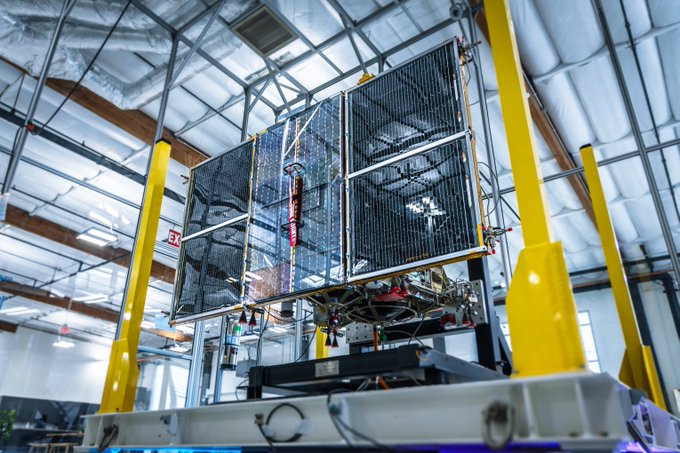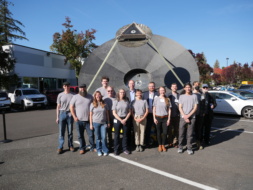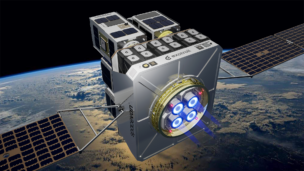The company—built by former SpaceX propulsion guru Tom Mueller—says it wants to organize small satellite rideshare missions to high earth orbits as soon as 2027.
When Impulse Space unveiled its Helios platform earlier this year, it was a solution for large GEO satellites looking to save time on orbital raises, and money on propulsion systems.
Now the company wants to use the platform to fly shared missions with spacecraft smaller than one ton, newly-appointed president and COO Eric Romo told Payload.
Strength in numbers: Romo is responding to growing customer interest in small satellites for high orbits, boosted by the success of “micro-GEO” satellite operators like Astranis.
Opportunities to fly alongside larger payloads headed beyond LEO are fairly rare, Romo argues, and now his firm will try to fill the gap. The company plans to buy a launch vehicle, most likely a Falcon 9, and sell slots on board, supported by payload integrator Exolaunch.
“We’re going to go to market and try and understand: can we aggregate enough demand to make this work?” Romo said. “Our strong suspicion is that the answer is yes.”
Full stack: Impulse will operate several spacecraft.
- Mira orbital transfer vehicle, with 300 kg in payload capacity, to demonstrate its Saiph engines, including a 150-km orbit raise in just 75 seconds. The company is also developing a new version of Mira suited for operation in high orbits.
- The much larger Helios platform will fly in 2026, with the goal to “max out the lift capability of a single-stick Falcon 9,” Mueller said earlier this year. Almost like a third stage, it can carry up to 5 tons of payload.
“We think about ourselves as a transportation company, providing that service of in-space transportation, whether that is a hosted payload or dropping something off, and to do that we do need to be a spacecraft provider,” Romo said.




